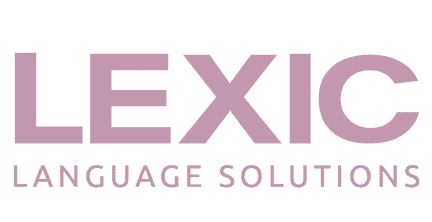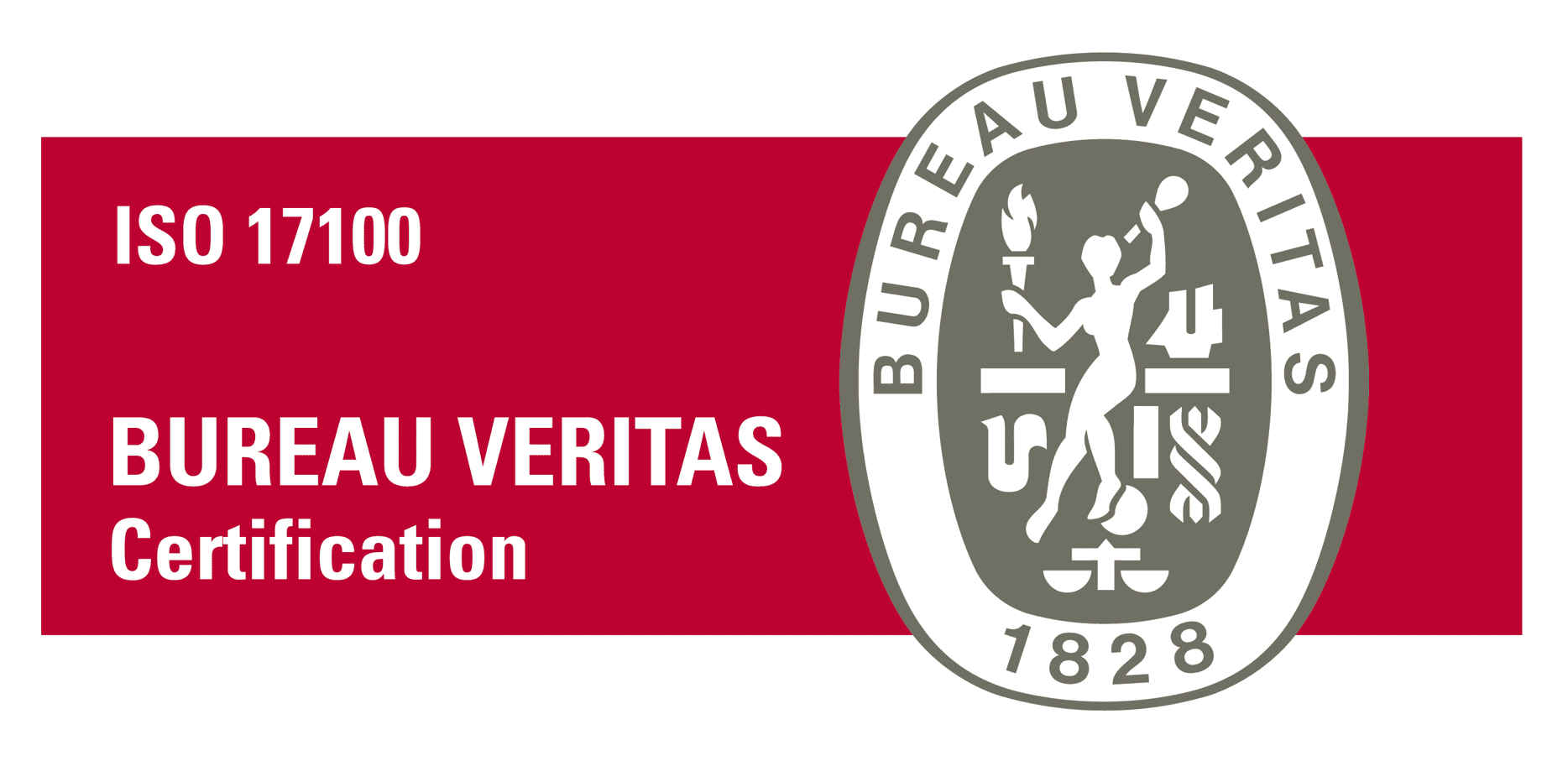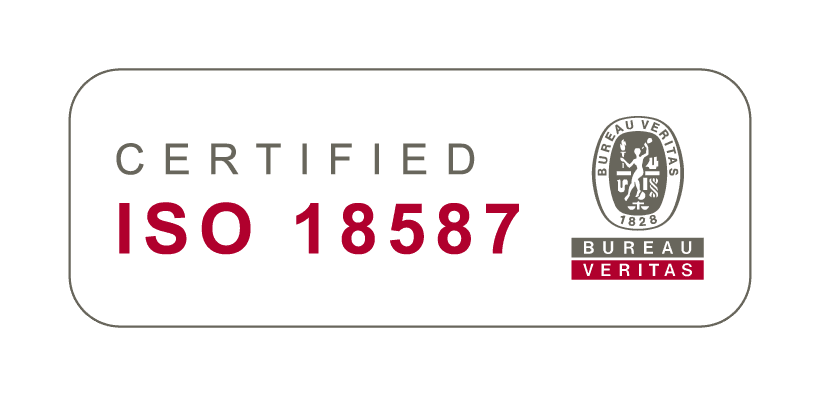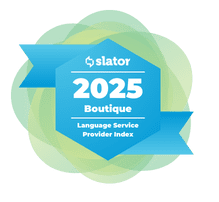Machine translation has significantly impacted the global content industry, revolutionizing the way global content is translated and localized. The introduction of advanced algorithms and neural networks in the early 2010s played a crucial role in the development of neural machine translation engines (NMT), which have allowed machines to process and translate large volumes of text while setting new benchmarks for translation quality.
NMT models, which gained popularity among translation agencies around 2017, can create translations that are more natural-sounding compared to SMT (Statistical Machine Translation). They also have a better grasp of context and have shown improved performance in handling complex sentence structures, morphology, syntax and rare words.
Yet, even if NMT has enabled to scale multilingual content production like never before, the human factor still remains critical throughout the entire translation process. In this article, we go over some of the main drivers and consequences of NMT and explore why machine translation technology needs to be utilized alongside human expertise to optimize translation efficiency and quality.
Increasing global content demand
In today’s interconnected world, the demand for multilingual content has soared. More and more companies are expanding their operations internationally, and recognizing the importance of producing content that transcends language barriers and resonates with local audiences. But that’s not the only reason driving the global content demand. Other factors include the rise of digital platforms which distribute content worldwide, the growth of eCommerce and international trade, new immigration waves across different continents, and the increasing development of online education and e-Learning, just to name a few.
This growth in the number of companies, organizations, and individuals that need a solution to translate content quickly and efficiently has contributed to the development of more sophisticated machine translation technology and creates ample market opportunities for both machine translation and human linguists.
New market dynamics
One of the major effects of the implementation of advanced NMT has been a major change in the market dynamics and pricing structures in the translation industry. If you think about it, Google Translate translates more than 100 billion words per day while a regular human translator does, on average, 2,500 words within 8 working hours.
Because these engines can translate content at a fraction of the time it would take for human translators to complete the task, the overall cost of translation has decreased over time, making translation services more accessible to a broader audience.
But that doesn’t mean everything can be machine-translated. Even if NMT engines can be customized and fine-tuned, the output can widely vary across language pairs and subjects. As a general rule of thumb, machine translation has provided a fantastic starting point for human translators to perform post-editing.
What’s post-editing?
Post-editing is the process of revising and editing machine-translated content to improve its quality, accuracy, fluency, and overall readability. It is carried out by human translators or editors, and it is regarded as a fundamental step in a translation workflow that uses machine translation to ensure that the final result meets the desired quality standards.
Increased translation productivity
Machine translation acts as a valuable tool, augmenting translators’ capabilities and streamlining their workflow. In fact, it is one of the most powerful when it comes to translation technology, along with translation memories and digital glossaries.
When setting up a translation project, the project manager will offer the machine translation output to the translator assigned to it, which they can use as a starting point or reference. This obviously creates significant gains in terms of speed and efficiency, but the control over the final output is always in the hands of the translator, who focuses on revising and refining the content rather than starting from scratch.
This collaboration between humans and machines boosts productivity and enables handling large volumes of work effectively.
Machine translation solutions for specific industries
Another important consideration to keep in mind is that not all machine learning engines serve the same domains. Generic solutions pose greater potential for linguistic and semantic errors, and that’s why machine translation providers are now offering industry-specific solutions that cater to the unique requirements of various sectors.
These custom machine translation systems are trained on relevant and specialized data such as medical, legal, or technical texts. Leveraging these solutions facilitates access to pre-translated terminology and context-specific knowledge and empowers translators by allowing them to start their work from a more informed and accurate foundation, enhancing their overall efficiency.
Machines and humans working together
Even if many saw machine translation as a threat during its beginnings, today the industry increasingly views machine translation as a complement to human translation rather than a replacement.
Machine translation provides a foundation for understanding the source text and can assist in generating a rough translation that captures the basic meaning. However, to ensure accuracy, cultural nuances, and linguistic finesse, human expertise is still essential.
Human translators possess the linguistic and cultural understanding required to deliver high-quality translations that resonate with the target audience. The combination of machine translation technology and human translators enables a balance between efficiency and accuracy, yielding the best possible results.



